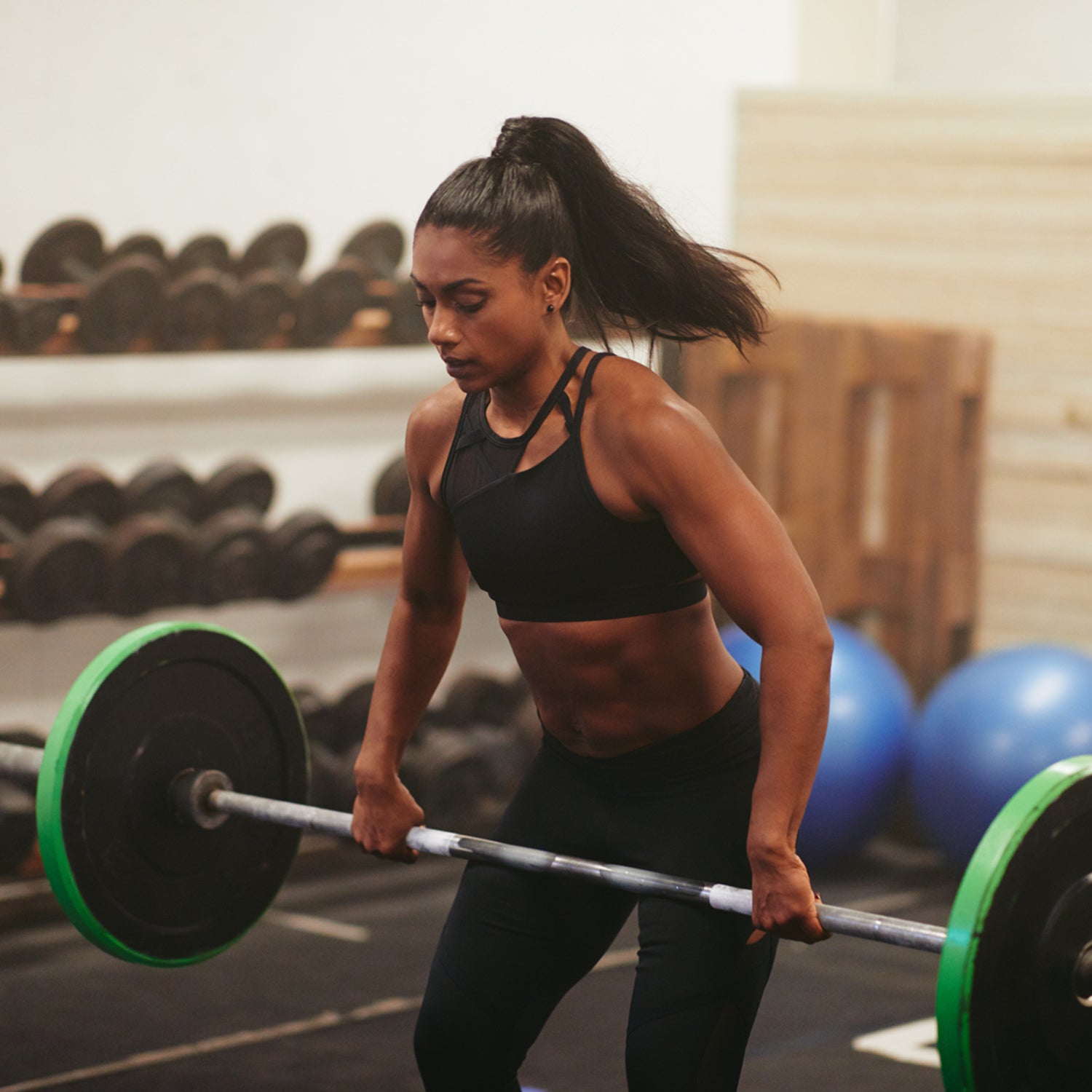A few years ago, I wrote about a study that crunched a big dataset from pro cycling’s Team Sunweb and concluded that a simple assessment of perceived effort was just as good as sophisticated assessments of heart rate and power and so on for monitoring training load. The theme is, by now, a pretty familiar one among endurance athletes: data is interesting, but feelings are surprisingly nuanced and informative. It pays to tune into your inner state.
This approach has been less common in resistance training, though. Workouts are often prescribed in cut-and-dried sets and reps at a given fraction of max one-rep strength, with rep targets that depend on whether you’re trying to optimize muscle size, strength, strength endurance, power, or other overlapping concepts. It’s all clearly laid out in the , if you have a weekend to spare.
Of course, there have been many attempts to simplify strength training. One of the biggest shifts, in my view, came with a from McMaster University’s Stuart Phillips a decade or so ago that found similar strength gains from lifting light weights (20 to 30 reps per set, say) and heavy weights (6 to 12 reps)—as long as you lift to failure. That de-stresses the process considerably: just lift whatever is comfortable or at hand, do it until you can’t anymore, and you’ll be maxing out your gains (or at least close enough to max for the vast majority of non-pro athletes).
Initially, people in the strength training world simply didn’t believe Phillips’s results. But after they were replicated a number of times, the objection shifted. For sustainable fitness gains, critics argued, lifting to complete failure in every set was mentally exhausting and physically draining, and it would ultimately lead to accumulating fatigue and diminishing returns. There is, indeed, some evidence that this is true: a study I wrote about last year found bigger gains from lifting to not-quite-failure than from lifting to failure.
This seems like great advice, but it’s tricky in practice to stop just before something happens—like about establishing load limits on bridges by driving progressively heavier trucks over the bridge until it collapses, then rebuilding it with a load limit corresponding to the last truck that successfully made it across. You can figure out your limits by trial and error, but those limits are going to keep shifting from week to week if your training program is working. Ideally, you want to be able to reliably anticipate failure in real time before it happens. You want to be able to feel it.
A new study from Israel Halperin’s group at Tel Aviv University, led by Aviv Emanuel and , tackles precisely this question. While lots of previous studies have assessed subjective effort after sets of strength training, Halperin and his colleagues asked their subjects to rate their effort after every single rep. This allowed them to track the progression of perceived effort as the subjects got closer and closer to failure.
The study included 20 subjects, half men and half women, all with at least a year of resistance training experience. They did two workouts, each consisting of two sets of squats and two sets of bench presses, with all sets to failure (meaning they couldn’t complete a rep or their form had deteriorated to the point of compromising safety). In one workout, the load was 70 percent of one-rep max, which on average allowed them to complete about 15 reps; in the other it was 83 percent of one-rep max, corresponding to about 8 reps.
The basic result is that the rating of perceived exertion (RPE), on a 0 to 10 scale, could reliably predict impending failure. Once you hit an RPE of 8, you’ve done about 70 percent of the total number of reps you’re capable of; at 9, you’re about 80 percent of the way there. That jives with that suggests progressing the amount of weight you lift so that it feels like a difficulty of about 8 out of 10. You can quibble about the exact number, or whether it’s sometimes worth going to failure on the last set, but whatever approach you choose, Halperin’s results suggest that relying on perceived effort will give you a consistent training load.
There was one other element of the study that’s worth mentioning. After each set and at the end of the workout, the researchers also collected other subjective data about fatigue, “affective valence” (how good or bad you feel on a scale of -5 to +5), enjoyment, and overall workout preference. (These measures may seem somewhat redundant, but there are subtle differences. For example, you can imagine finishing a tough high-intensity workout and feeling good about it even though you’re exhausted and didn’t actually enjoy it in the moment.) Based on some previous findings, they hypothesized that the subjects would prefer the heavier load with fewer reps. That’s not what happened, though. There were no significant differences between the heavier and lighter loads on any of the subjective measures, and exactly half of the subjects said they preferred each one.
To me, that’s the really crucial point. It’s important that Stuart Phillips’s research found that light and heavy loads give mostly indistinguishable strength outcomes. It’s important that Halperin’s new study confirms that your gut feeling that you’re getting close to failure is a reliable way of stopping a rep or two before it happens. But what’s most important of all is that you stick with your workout plan and keep doing something. The workout preference data suggests that—surprise, surprise—we don’t all like the same things. So find what works for you, and keep doing it.
For more Sweat Science, join me on and , sign up for the , and check out my book .


